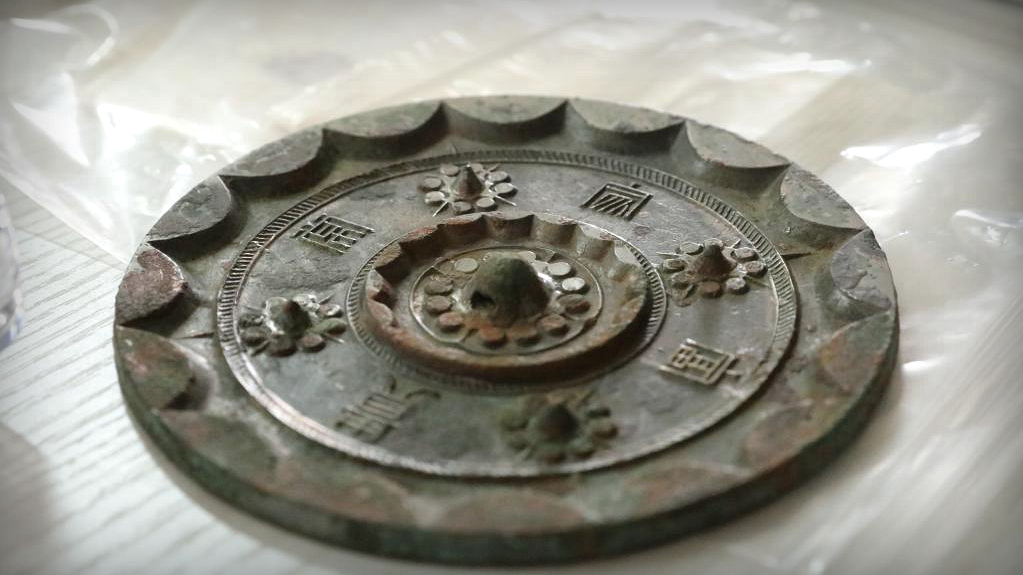Over 2,000-year-old bronze mirrors unearthed at a cemetery in NW China
Xinhua reports that pottery and more than 80 delicate bronze mirrors and other bronze items have been discovered in a cemetery of more than 400 tombs in northwest China.
Situated in the Gaozhuang Township of Shaanxi’s Xixian New Area, the graveyard is home to more than 400 tombs and a collection of pottery and bronze ware that can be traced back to the early Western Han Dynasty (202 BC-AD 25).
The bronze mirrors, with diameters ranging from 8 cm to 22.1 cm, were discovered during the recent excavation of the site, according to the archaeologists.

They are believed to have been manufactured mainly between the late Warring States Period (475-221 BC) and the late Western Han Dynasty.
The high gloss of some mirrors was well preserved, as researchers found one still showed clear images.


The researchers also found that most of the mirrors were placed close to the head or around the upper body of the tomb owners, with inscriptions showing people’s expectations of a better life.
Not only did the women of yore enjoy their reflection, but also the men, as they were buried along with their delicate mirrors.
According to historical records, in order to ensure the construction and service of the emperor’s mausoleum as well as to better supervise the aristocrats, Liu Bang, founder of the Han Dynasty (206 BC-220 AD), set up a centralized residence area for the nobility, which was located about 4 km from the cemetery.
Therefore, the ancient tombs are believed to belong to the dynasty’s upper-class residents, said the researchers.

